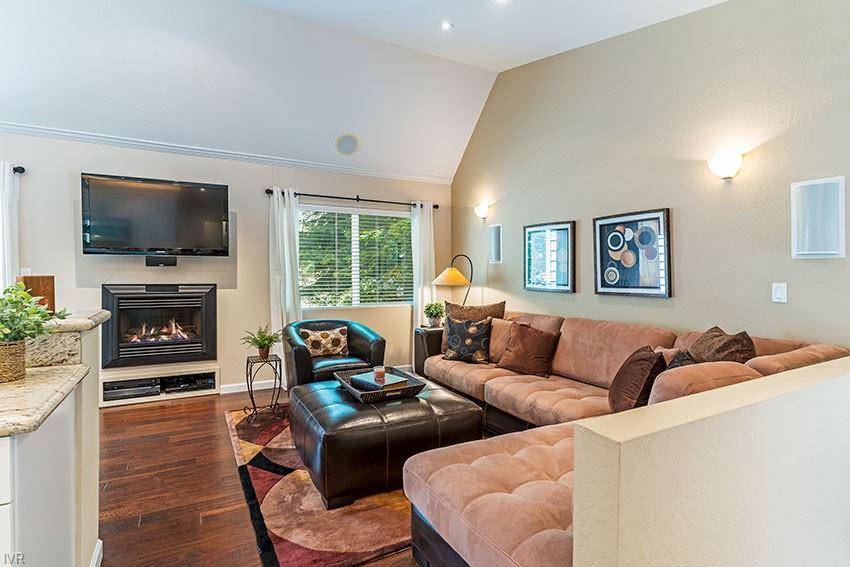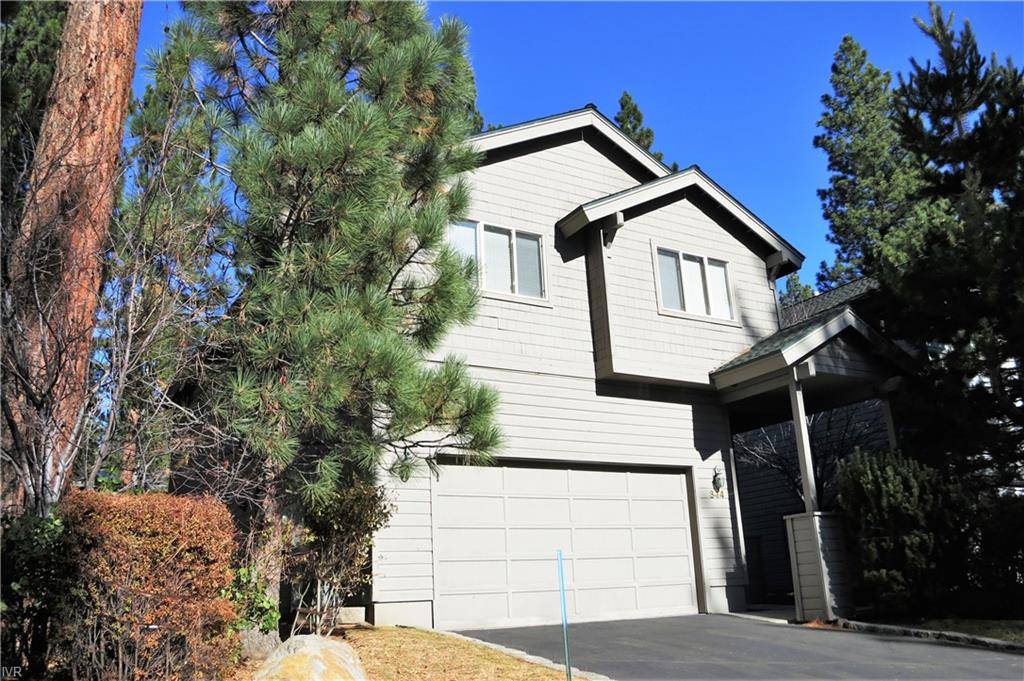 When the government created the Home Affordable Modification Program, millions of struggling homeowners were given hope that they would be able to modify their mortgages and keep their homes. HAMP would help 4 million borrowers, they were told.
When the government created the Home Affordable Modification Program, millions of struggling homeowners were given hope that they would be able to modify their mortgages and keep their homes. HAMP would help 4 million borrowers, they were told.
Four years and millions of foreclosures later, HAMP has only helped about 1.1 million borrowers. With less than 10 months before the program is set to expire, many of these homeowners have given up on waiting for the help they were once promised.
That’s not to say loan modifications are not being done. Mortgage servicers completed a total of 850,000 loan modifications in 2012, according to a report released this week by Hope Now, an alliance of mortgage servicers and other players in the mortgage industry.
However, only 22 percent of those loan modifications were done through HAMP.
The government offers servicers generous financial incentives when they modify loans through HAMP, especially when the loan balances are reduced. So why aren’t servicers doing more HAMP modifications? It depends on whom you ask.
Diane Thompson, an attorney for the National Consumer Law Center, says non-HAMP loans generally are more profitable and easier for servicers to do than HAMP.
“The servicers get paid an incentive to do HAMP, but if it’s a non-HAMP loan, they can choose not to waive fees; they can structure it to make it more favorable to them; they can do temporary modification; they can keep the loan with an adjustable-rate feature,” she says.
With HAMP, servicers have to follow strict guidelines and they have to adapt their systems and train their staff to follow those guidelines. By offering their own version of loan modifications, the servicers and investors can set the rules themselves, Thompson says.
“That way they don’t have to be accountable to somebody else,” she says.
Servicers have more flexibility when they use their own loan modification programs, says Loren Morris, senior vice president for Retreat Capital Management, a company that offers management and consulting services to the mortgage industry. He disagrees with the notion that lenders prefer non-HAMP modifications because they are more profitable.
“Historically, under HAMP, fewer borrowers requiring assistance were eligible for assistance under the program due to the program’s guidelines,” he says. One obstacle homeowners found up until the first half of 2012, he says, was that the program used to be available only to homeowners occupying the home. The guidelines were changed in June, allowing investor borrowers to qualify for HAMP.
Before the changes, HAMP also did not allow borrowers with debt exceeding 31 percent of their pretax income to obtain loan modifications.
“The prescriptive nature of HAMP, and setting the target debt-to-income rate to 31 percent, reduced the eligibility of some homeowners,” says Stuart Quinn, data metrics manager for HOPE NOW.
Did HAMP fail?
Depending on how you look at it, HAMP was not a complete failure. Homeowners, who are able to snag a HAMP loan mod, generally reduce their payments significantly and for the most part, keep up with their payments. That’s partially because the program reduces a borrower’s monthly payment by a median of $545, according a U.S. Treasury report released this month.
Generally, HAMP modification result in more affordable mortgages than the servicer’s private modification programs, say Thompson, co-author of a HAMP study published by the Nati
onal Consumer Law Center last month.
But for borrowers who are not given the opportunity to modify their mortgages under HAMP, yes, HAMP is a failure, Thompson says. And if you are looking for the main reason for its failure, Thompson says, the answer is simple: “Because of massive servicer noncompliance.”
Source: Bankrate.com
To access all the Incline Village and Lakeshore Realty listings please click here. You can also contact us by email or call us at 775-831-7000. If you are in Incline Village, please visit us at 954 Lakeshore Blvd. Incline Village, NV 89451.







